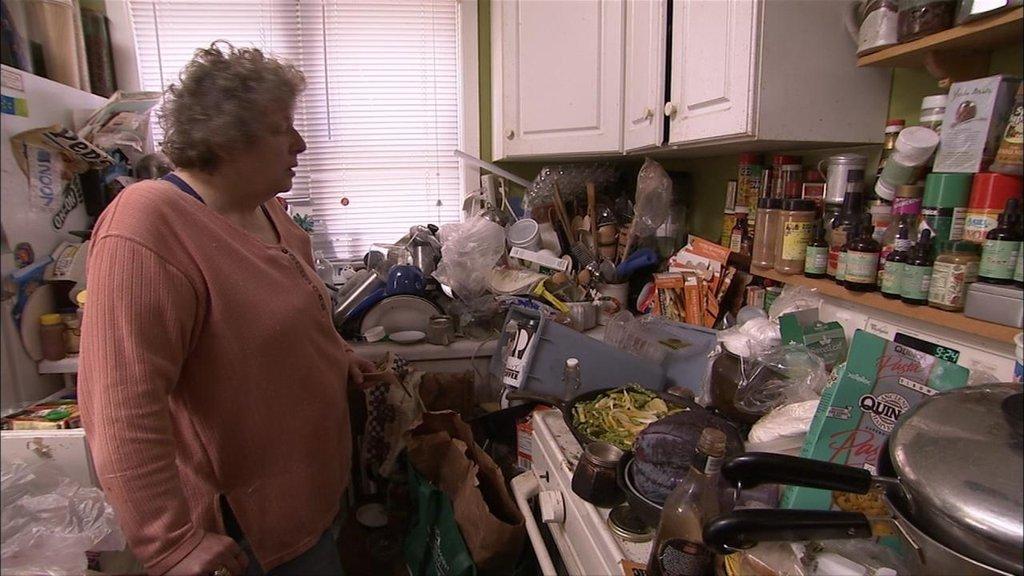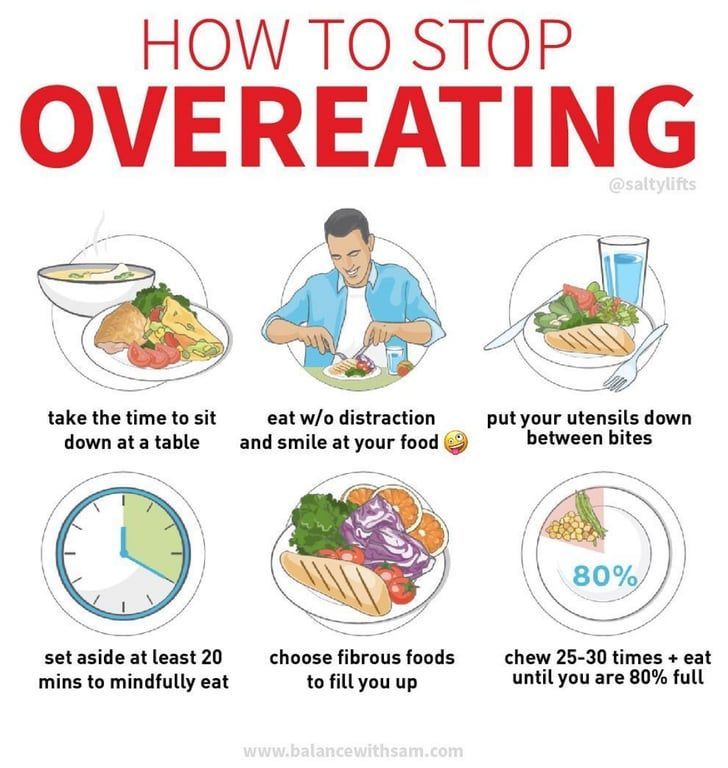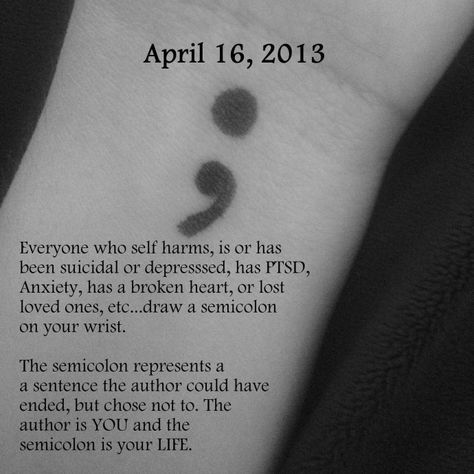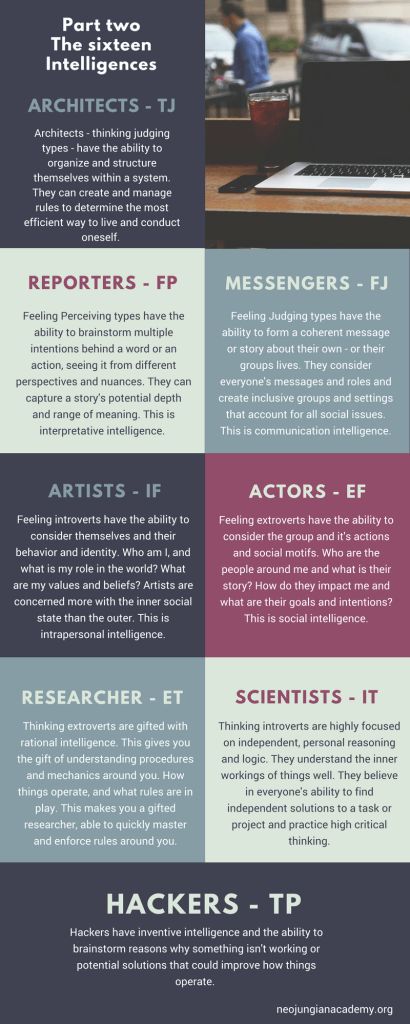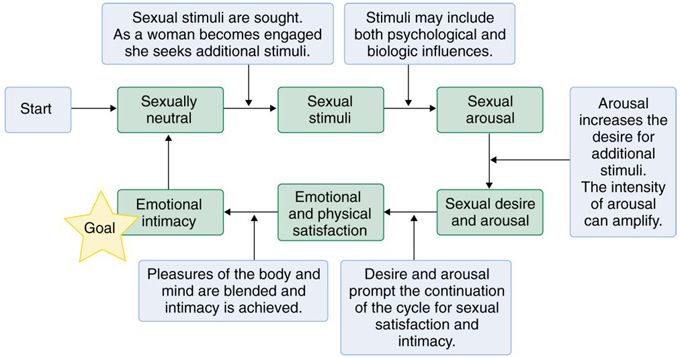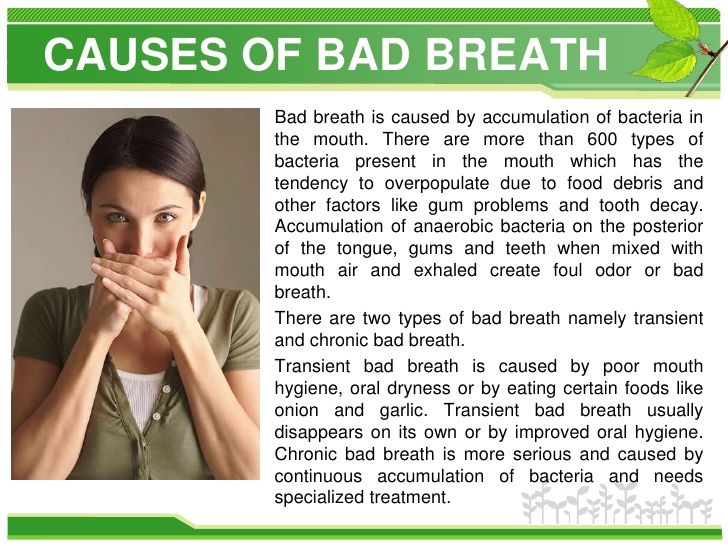Compulsive hoarding quiz
3 Minute Hoarding Disorder Test
Hoarding Disorder entails a difficulty discarding or parting with objects because of the perceived need to save and store them. People with Hoarding Disorder experience distress at the thought of discarding items, leading to the excessive accumulation of possessions in their lives.
Instructions: Below is a list of questions that relate to life experiences common among people who struggle with Hoarding Disorder. Please read each question carefully and indicate whether it applies to you or not.
The IDRlabs 3 Minute Hoarding Disorder Test (IDR-3MHDT) was developed by IDRlabs. The IDR-3MHDT is based on the work of Dr. David F. Tolin and his colleagues, who authored the Hoarding Rating Scale (HRS). The IDR-3MHDT is not associated with any specific researchers in the field of psychopathology or any affiliated research institutions.
The IDRlabs 3 Minute HD Test was informed by the HRS’ criteria for Hoarding Disorder as published in Tolin, D. F., Frost, R.O., Steketee, G., Gray, K.D., & Fitch, K.E. (2008). The economic and social burden of compulsive hoarding. Psychiatry Research, 160, 200-211. Tolin, D.F., Frost, R.O., & Steketee, G. (2010). A brief interview for assessing compulsive hoarding: The Hoarding Rating Scale-Interview. Psychiatry Research, 178, 147-152. Tolin, D.F., Gilliam, C., Davis, E., Springer, K., Levy, H., Frost, R., Steketee, G., & Stevens, M. (2018). Psychometric properties of the hoarding rating scale-interview. Journal of Obsessive Compulsive Related Disorders, 16: 76-80.
The work of Dr. Tolin, et al. has also informed some of the criteria in the form of the widely used psychological instrument, the HRS, for clinical use especially by qualified mental health professionals. The present test is intended for educational purposes only. IDRlabs and the present IDRlabs 3 Minute Hoarding Disorder Test are independent of the above researchers, organizations, or their affiliated institutions.
The 3 Minute Hoarding Disorder Test is based on a famous and well-regarded inventory for the assessment of hoarding disorder. However, free online tests and quizzes such as this one are solely first takes and cannot provide accurate assessments of your potential personality disorder. Hence, the test is intended to be used for educational purposes only. A definitive mental health assessment can be made only by a qualified mental health professional.
However, free online tests and quizzes such as this one are solely first takes and cannot provide accurate assessments of your potential personality disorder. Hence, the test is intended to be used for educational purposes only. A definitive mental health assessment can be made only by a qualified mental health professional.
As the publishers of this free online 3 Minute Hoarding Disorder test, which allows you to screen yourself for the signs of this condition, we have strived to make the test as reliable and valid as possible by subjecting it to statistical controls and validation. However, free online quizzes such as the present 3 Minute Hoarding Disorder Test do not provide professional assessments or recommendations of any kind; the test is provided entirely “as-is.” For more information about any of our online tests and quizzes, please consult our Terms of Service.
Signs of Compulsive Hoarding & Causes
The TV show Hoarders debuted just over a decade ago in 2009 and has had numerous iterations and spin-offs since then. As a result, there is now much more awareness of hoarding behaviors, as well as what causes people to hoard. This may have you asking, “Am I a hoarder?”
As a result, there is now much more awareness of hoarding behaviors, as well as what causes people to hoard. This may have you asking, “Am I a hoarder?”
Despite a raised awareness of hoarding, most people still don’t fully understand it and can’t always recognize when it hits close to home. On TV, hoarding is a source of macabre entertainment. In society, we often joke about American consumerism. We may minimize dangerous hoarding behavior as mere materialism. But when someone is afflicted with a severe hoarding disorder, the condition can be devastating — impacting health and destroying relationships, careers, and lives.
Defining Hoarding Disorder: What Is Hoarding?
The word “hoarding” means to stockpile, amass, buy up, and keep things. Hence, the mental health disorder reflects this type of behavior acted out in a compulsive manner. People with hoarder’s “disease” acquire possessions they don’t need and find it difficult, if not impossible, to part with all the things they’ve accumulated.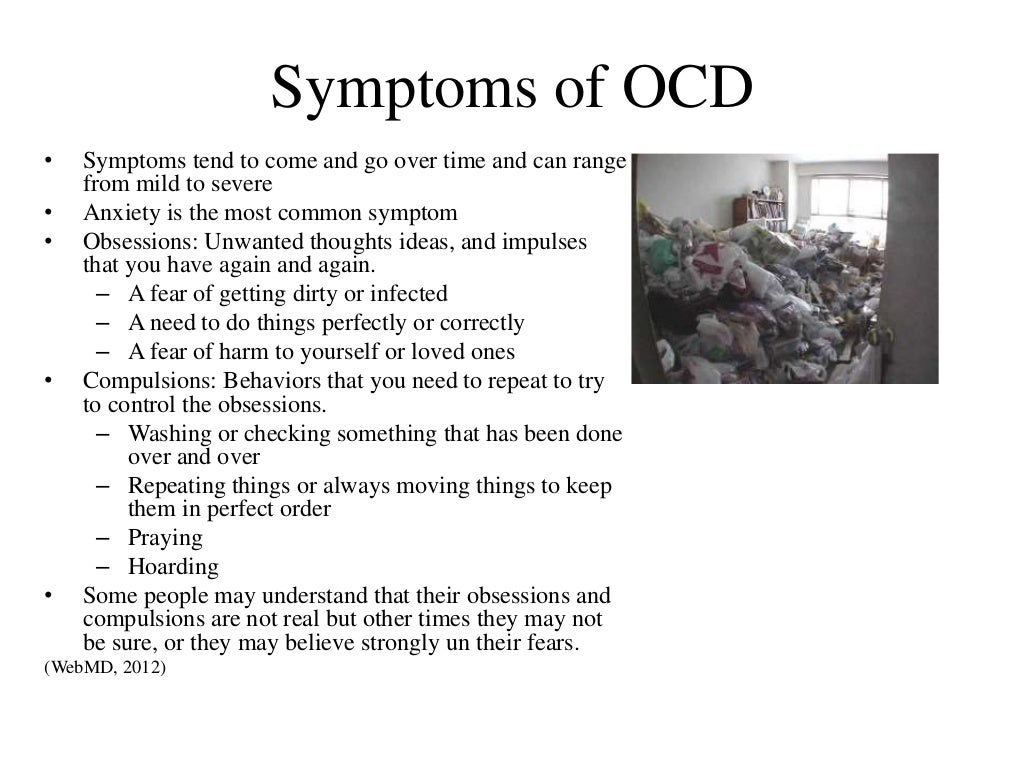
Distinguishing Between Hoarders and Collectors
Typically, a hoarder’s possessions have little to no real value. This is one of the distinctions between a collector and a hoarder. A collector carefully selects their items, like stamps, coins or cars. They also usually display them in an organized and attractive manner. Hoarders generally have no identifiable rhyme or reason in the storage of their items. Their possessions are cluttered and spread or stacked throughout their homes in a haphazard fashion.
Collectors may be proud of their collections and somewhat attached to their items. But they don’t exhibit emotional stress and anxiety at the idea of losing or selling them. Hoarders, on the other hand, have a strong emotional attachment to their possessions, even when they cannot explain the value of them. Parting with any of their items causes great anxiety.
Another big distinction between collecting and hoarding is the impact the activity has on the person’s home and life. Traditionally, a collector’s hobby doesn’t detrimentally impact their lives either. In fact, it may have beneficial effects. However, hoarding minimizes enjoyment of the person’s living spaces and eventually damages other aspects of their lives.
Traditionally, a collector’s hobby doesn’t detrimentally impact their lives either. In fact, it may have beneficial effects. However, hoarding minimizes enjoyment of the person’s living spaces and eventually damages other aspects of their lives.
If you suspect hoarding tendencies in yourself or someone close to you, this hoarder quiz may help spotlight potential issues. Please understand that this quiz doesn’t provide a diagnosis. Instead, use it as a tool to examine worrisome behavior for signs that you or someone you love may need to seek professional analysis and treatment.
Answer honestly and review the feedback to determine whether your behavior could be dangerous.
Signs and Rationale of Hoarding Behavior Quiz
This quiz has a series of questions regarding your feelings about possessions. Once you answer a question additional insight will be given on why it is a troubling sign. This is not a diagnostic tool, but instead intended to encourage deeper thinking on these symptoms.
View Questions & Insight
If you prefer to read the questions rather than take the quiz, they are listed below.
- Has anyone ever told you that you appear to be showing signs of hoarding?
Often those outside your situation can see things more objectively. - Do you have trouble letting possessions go, even when you recognize the rational need to?
Hoarders have an irrational attachment to possessions. - Do you feel the need to save items that you know you will likely never use?
Hoarders don’t view viable use as a criteria for keeping an item. - Do you find it emotionally distressing to get rid of your possessions?
Emotional attachments to your things can be a sign of hoarding. - How hard is it to throw things away?
Hoarders find it very difficult to throw away anything, no matter the condition, age or necessity of the item.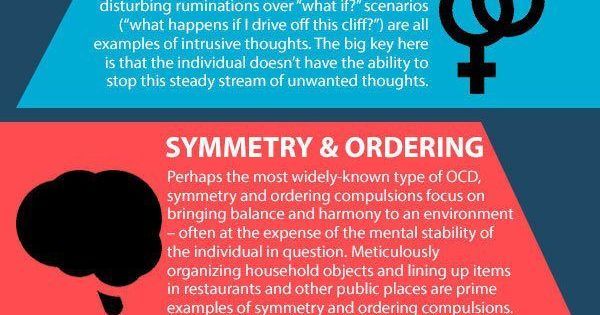
- Do you buy or acquire items you already possess?
Often, hoarders have multiple similar or identical items. They sometimes have unopened boxes of things they’ve acquired stacked in their home. - Is your home or parts of it very cluttered with your possessions?
Extreme clutter is a sign of hoarding. - Are there parts of your home you are unable to use due to clutter?
When your hoarding behaviors restrict use of your home, the disorder has moved to a dangerous stage. - Is it difficult to navigate through your home because of extreme clutter?
Many hoarders live with fire hazards, tripping dangers and the risk of collapsible piles of items. - How much control do you have over your urge to accumulate more items?
People with a hoarding disorder may try to stop the behavior on their own but find themselves unable to overcome the urge to acquire more stuff.
- Assume you are prevented from acquiring a new possession you want. How upset or uncomfortable does that restriction make you feel?
For hoarders, the buying impulse is often as powerful as the desire to keep possessions. - How strong is your urge to acquire possessions that you don’t have an urgent or imminent need for?
Necessity usually plays no role in the items hoarders accumulate. - How often do you feel the compulsion to acquire something you see?
Hoarders buy new and used items. They also seek and accept free things they don’t need, even scrounging through the trash of others for “treasures” that only they value. - Do you avoid inviting people into your home due to the clutter in your living space?
Extreme hoarding affects social relationships because the hoarder stops bringing people into their home. - Does the clutter in your home prevent or interfere with any of your day-to-day personal or professional activities?
Extreme clutter, trash and unsanitary conditions damage the home and eventually makes the hoarder’s living space unusable.
- Does the clutter in your home upset or disturb you?
Hoarders prioritize their possessions over their dire living conditions. - Does your urge to continue acquiring possessions bother or distress you?
Many hoarders don’t realize they have a problem and may deny it when a loved one confronts them. - Are you experiencing financial difficulties due to your compulsion to acquire possessions?
Compulsive shopping to acquire possessions that aren’t needed can lead to financial problems. - Do you find it difficult or even impossible to decide what to keep and what to toss?
Indecision is a common trait of hoarders. - Do you have far more animals/pets than you have room for or can competently care for?
A quarter of a million animals are affected every year by animal hoarding behavior.
Accepting That You or a Loved One May Be a Hoarder
It may be hard to admit that you or someone close has a hoarding condition. Denial is part of the problem. But the questions above can help you identify whether or not you may be at risk. Honestly assess your answers. Are you showing signs of this serious condition? Consider how your behavior is impacting your life and that of your loved ones. Is it time to seek help?
Denial is part of the problem. But the questions above can help you identify whether or not you may be at risk. Honestly assess your answers. Are you showing signs of this serious condition? Consider how your behavior is impacting your life and that of your loved ones. Is it time to seek help?
What You Can Do to Stop Hoarding
There are no clear causes of hoarding. Mental health issues, like depression, anxiety and obsessive-compulsive disorders (OCD), may play a role. Often, a traumatic event can trigger the onset of hoarding. It may also be taught behavior because many hoarders have family members with the condition.
Because hoarding disorder is a mental health condition, the help of a mental health professional is recommended. Reach out to discuss your concerns. Therapy, counseling or psychiatric treatment on an inpatient or outpatient basis can help you get your life back.
what kind of strange sins are listed in it? – Orthodox magazine “Foma”
Approximate reading time: 6 min.
-
100%
+
Embed code
Code copied
Prayers for the future come to an end with daily confession of sins. Many read it out of habit, not always understanding what kind of sins are mentioned there and whether it is necessary to list them. Let's figure it out
First of all, let's remember the prayer itself
Who compiled it and when?
Probably no one will answer this question exactly. It is known, however, that the hand-written “Psalter with repentance”, which is stored in the library of the Joseph-Volotsk Monastery and dates from the first half of the 16th century, contains, among other things, “Everyday Confession of Sins”, attributed to the Constantinopolitan monk Nicephorus Kallistos Xanthopulus († c. 1350) . It was this, according to the assumption of the priest Peter Pchelintsev, that served as the basis for the confessional evening prayer. nine0003
nine0003
Nicephorus Kallistos Xanthopoulos is known as the author of the 18-volume "Church History", a commentator on patristic writings, a compiler of the biographies of a number of saints, the author of several synaxarii (instructive words for church holidays) from the Lenten and Colored TriodionThe Lenten Triodion is a liturgical book containing the texts of services performed during Great Lent and Holy Week. The Colored Triod contains liturgical texts for the period from Easter to All Saints' Week. Already in the 17th century, the confession of sins compiled by him was included in books printed in Kyiv by the disciples of Metropolitan Peter MohylaPeter Mohyla - Metropolitan of Kyiv (1633–1647), founder of the largest on the historical territory of Rus', the center of Orthodox spiritual education - the Kiev-Mohyla Academy .. By the beginning of the 20th century, the “Confession”, based on the list of Callist Xanthopul, was firmly entrenched in the composition of evening prayers, although sometimes it was printed in prayer books in an abbreviated form.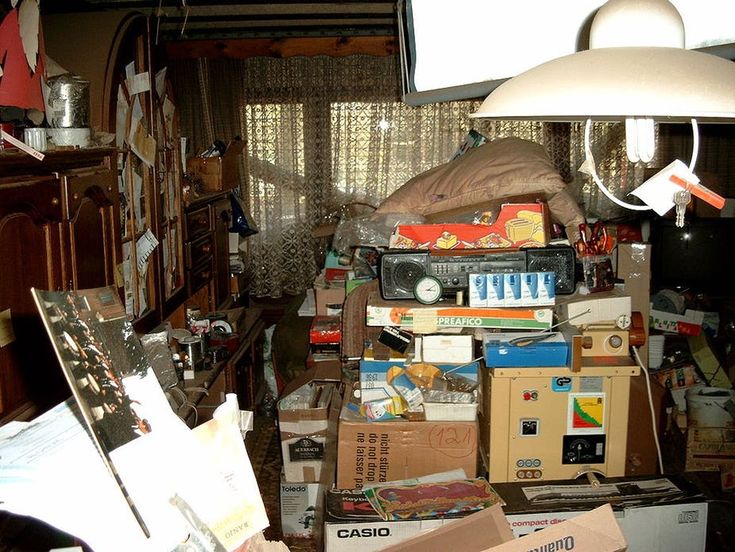 nine0003
nine0003
What is the place of this prayer in the evening rule?
It completes the prayers for the coming sleep - not only according to the arrangement in the prayer book, but also according to the logic of the evening prayers. All of them to some extent are of a repentant nature, and in the final confession of sins, this repentant mood reaches its greatest strength - a person finally throws off the burden of sins accumulated during the day.
In addition, sleep is an image of death, explained St. Ignatius (Brianchaninov), and no one can be sure that he will open his eyes the next morning. Therefore, in addition to the natural desire for a Christian to cleanse the heart of improper deeds, words and thoughts at the end of the day, there is also the fear of leaving life in an unrepentant state. nine0003
What strange sins are mentioned in this prayer?
In addition to words that are understandable and without explanation (such as overeating, idle talk, despondency, laziness, disobedience, condemnation, etc. ), we meet in this list with a number of Church Slavonicisms, some of which really require “deciphering”. Here is how the compilers of the book How to Learn to Understand Prayers explain these words (M.: Otchiy Dom, 2011).
), we meet in this list with a number of Church Slavonicisms, some of which really require “deciphering”. Here is how the compilers of the book How to Learn to Understand Prayers explain these words (M.: Otchiy Dom, 2011).
Secret eating is one of the sins generated by the passion of gluttony. Secret eating is sinned by one who restrains himself when he is at a table with other people, and then saturates the womb in solitude. The reason for this behavior can be greed, shame, unwillingness to share treats with others, etc.
Rebuttal — the desire to insist on one's opinion at all costs, to leave the last word for oneself. “Whoever in a conversation stubbornly wishes to insist on his opinion, even if it is fair, he knows that he is possessed by a diabolical illness,” wrote the teacher of the monks, St. John of the Ladder. After all, this is a manifestation of the very pride that once caused the fall of Dennitsa, who has since received the name of the devil.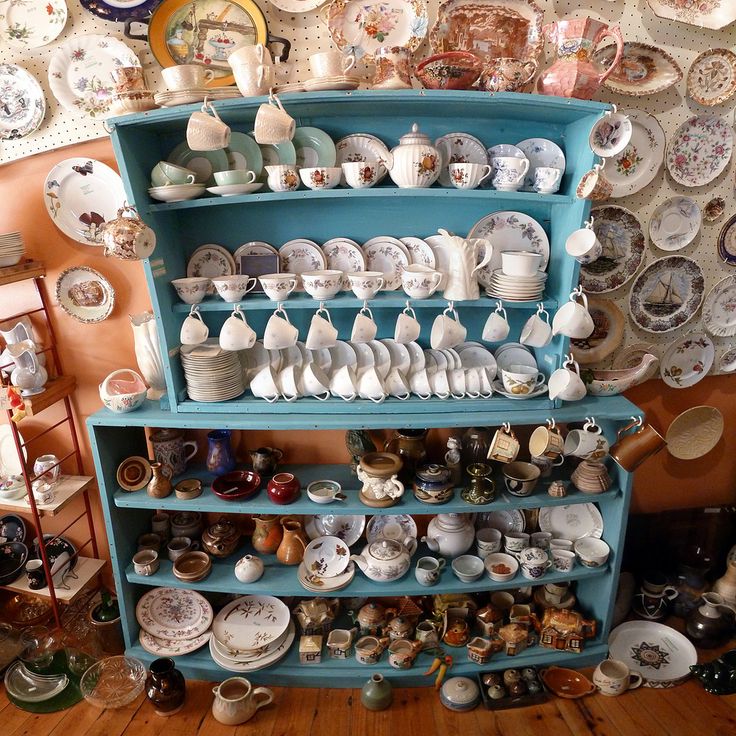
Negligence — negligent performance of duties assigned to a person, neglect of professional, domestic, family obligations, including inattentive prayer. nine0003
Covetousness (or covetousness) is the same as the passion of greed: this is the name of any hoarding, addiction to superfluous things and money, stinginess.
Theft - this refers not only to obvious theft, but in general any use of what is “badly lying”. For example, one who does not return a book taken to read or uses work property for personal purposes (for example, prints on paper purchased for the office something that is not related to his work) sins with this sin. nine0003
Filthy business - obtaining "profit", that is, profit, by fraudulent means. This may be dishonest earnings (for example, selling low-quality goods), or it may be illegal gain in any other form, for example, taking a bus without paying.
Msheloimstvo comes from the word "mshel" - "self-interest".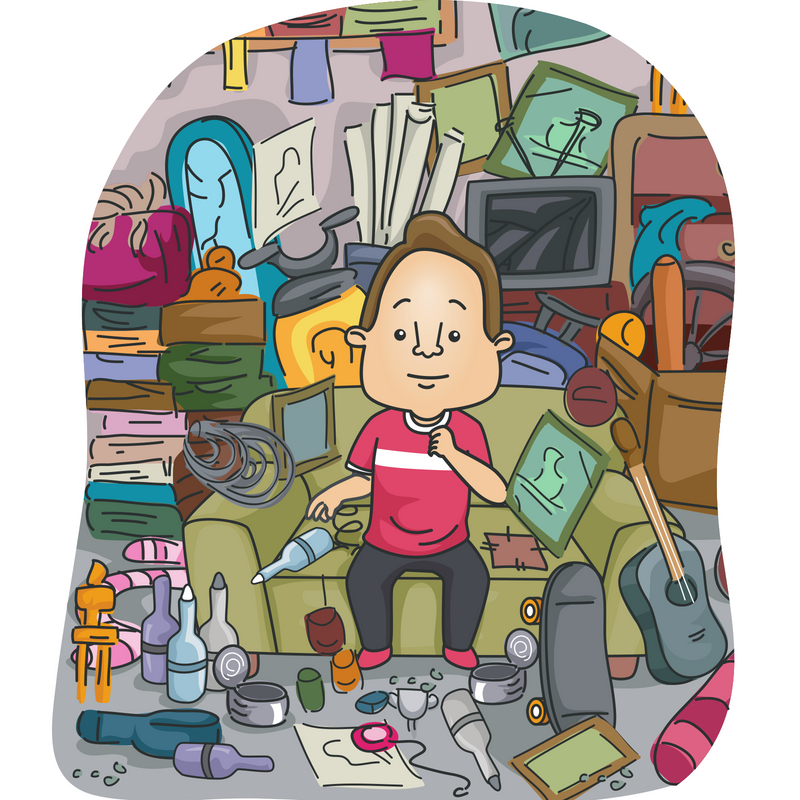 First of all, this is all extortion and bribery. True, there is another version - it was proposed, in particular, by St. Ignatius (Bryanchaninov): mischief is a passion for buying and collecting unnecessary, albeit attractive, things. nine0003
First of all, this is all extortion and bribery. True, there is another version - it was proposed, in particular, by St. Ignatius (Bryanchaninov): mischief is a passion for buying and collecting unnecessary, albeit attractive, things. nine0003
Remembrance of malice — unwillingness to forgive people, unwillingness to forget the insults inflicted. The Monk John of the Ladder wrote that remembrance “is the last limit of anger, the keeping in memory of sins against our neighbor, the aversion of the image of justification (God has determined: “forgive and it will be forgiven” - cf. Lk 6 : 37) ... a heart-gnawing worm, shame to pray (how do you say: “leave it, as we also ...”?), a nail stuck into the soul.
Covetousness — this sin is committed, “when, under the guise of some right, but in reality with a violation of justice and philanthropy, someone else’s property, or someone else’s labor, or even the very calamities of others, are used for their own benefit, for example, when lenders burden debtors growth (in interest on a loan) . .. if during a famine they sell bread at an excessively high price, ”explains St. Philaret (Drozdov) in the“ Lengthy Christian Catechism ”. In a broad sense, this is any manifestation of greed. nine0003
.. if during a famine they sell bread at an excessively high price, ”explains St. Philaret (Drozdov) in the“ Lengthy Christian Catechism ”. In a broad sense, this is any manifestation of greed. nine0003
Is it possible to skip some of the sins listed in this prayer, add your own, or replace incomprehensible Church Slavonic words with understandable Russian ones?
Of course, it is possible and even necessary. After all, any prayer is a living appeal of a person to God, and not a mantra and not a magic formula that must be minted word for word. There is no point in pronouncing words that have no content behind them, for example, repenting of “drunkenness”, if a person does not even take a drop of alcohol into his mouth. And of course, the proposed list must be supplemented with those sins that are not in it, with which a person has really been guilty before God or his neighbors. It has long been noticed, for example, that in everyday confession there are absolutely no sins associated with fornication; It also does not contain such spiritual ailments that are common in our time, such as foul language, waste of time in social networks or computer games, inattention to one's neighbor, etc.
Both prayer and repentance are living creative processes in which, on the one hand, the person himself participates, and on the other, God. And the formal reading to God of the names of sins, the essence of which a person does not understand, which he did not commit, and therefore does not repent of them, is a completely meaningless thing.
| |

 Modern genetics supports the view shared by many scientists that complex traits are determined as a result of the interaction of heredity and environment. For the most part, the assumption is also shared that it is genetic predispositions that are inherited, which are manifested (or not manifested) in behavior to varying degrees, depending on the influence of the environment. For example, one can inherit a predisposition to depression, but whether a person will suffer from it depends on many influences. Among them are factors such as the attitude of others, living conditions, feelings and experience. nine0099 In 2006–2007 in Ukraine, we conducted an experiment in the most difficult conditions: a crisis in the socio-cultural sphere, the instability of the economic situation of society, a development crisis, a stressful situation of choice. The study was conducted in the form of an experiment
Modern genetics supports the view shared by many scientists that complex traits are determined as a result of the interaction of heredity and environment. For the most part, the assumption is also shared that it is genetic predispositions that are inherited, which are manifested (or not manifested) in behavior to varying degrees, depending on the influence of the environment. For example, one can inherit a predisposition to depression, but whether a person will suffer from it depends on many influences. Among them are factors such as the attitude of others, living conditions, feelings and experience. nine0099 In 2006–2007 in Ukraine, we conducted an experiment in the most difficult conditions: a crisis in the socio-cultural sphere, the instability of the economic situation of society, a development crisis, a stressful situation of choice. The study was conducted in the form of an experiment 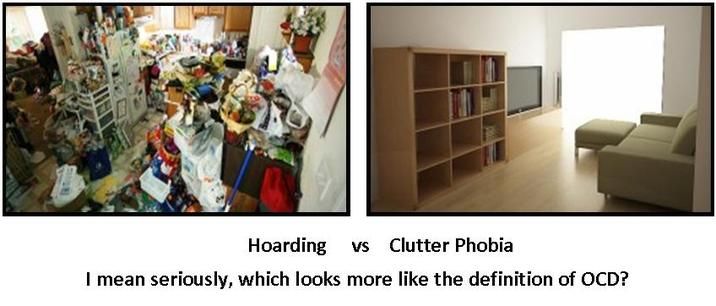
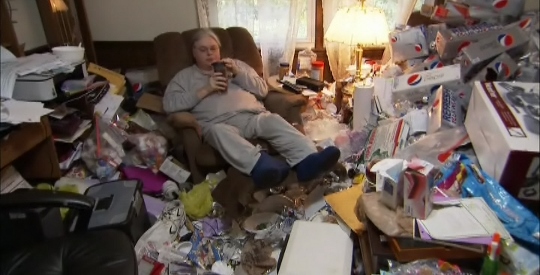 Analyzing the data of the
Analyzing the data of the 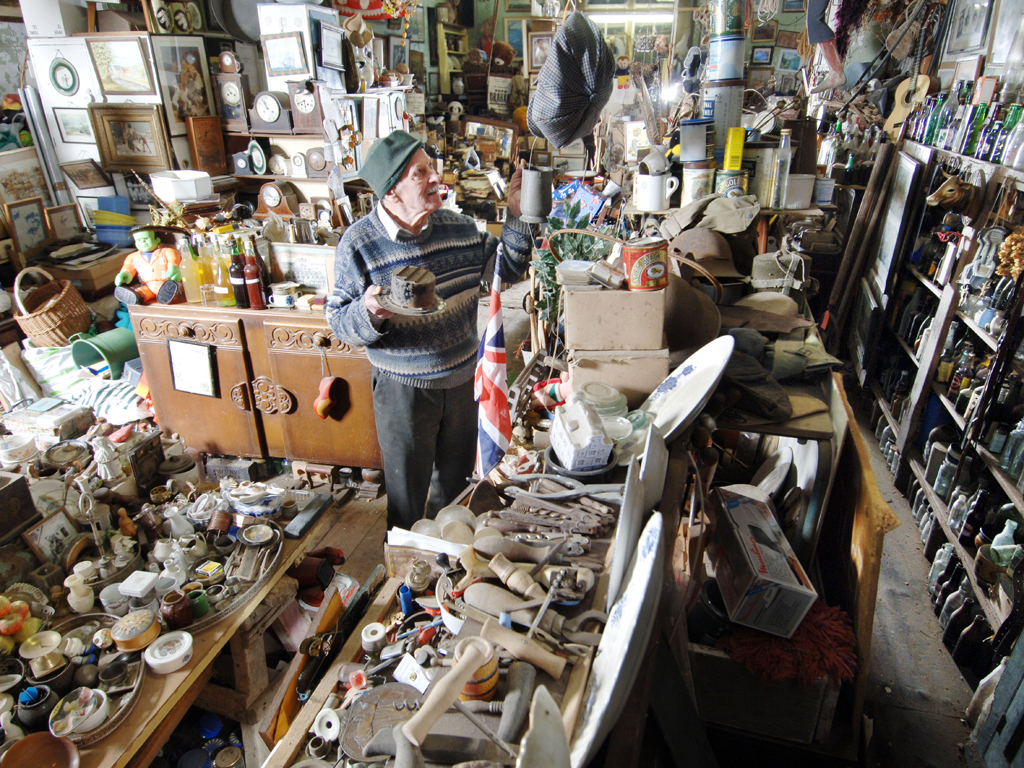 They accompanied the indicators of parental psychotypes and psychotypes of ancestors (grandfather and grandmother). These indicators persisted both after group aesthetic psycho-correction and after individual psycho-correction. nine0099 Thus, it seemed that the strengthening of psychological stability in these people was forbidden, and, overcoming this prohibition with the help of a psychologist, the person still did not find peace of mind. In order to understand what lies behind this complex, we looked more closely at the
They accompanied the indicators of parental psychotypes and psychotypes of ancestors (grandfather and grandmother). These indicators persisted both after group aesthetic psycho-correction and after individual psycho-correction. nine0099 Thus, it seemed that the strengthening of psychological stability in these people was forbidden, and, overcoming this prohibition with the help of a psychologist, the person still did not find peace of mind. In order to understand what lies behind this complex, we looked more closely at the 